When you hear “Spain,” what’s the first thing that comes to mind? Madrid’s stately Plaza Mayor? Barcelona’s mind-bending architecture? Next time you plan a trip to the Iberian Peninsula, consider getting off the beaten path: Spain is far more diverse than meets the eye.
Of course, Madrid and Barcelona are world-class cities at the cutting edge of gastronomy, art and nightlife. You could spend weeks in either and never get bored.
In the shamrock-green hills of Galicia and Asturias along the northern coast, you’re in seafood paradise. Delight in such ocean-fresh delicacies as cockles, periwinkles and boiled octopus.
Due south, time-travel to Moorish Spain in Andalusian cities like Sevilla and Granada, whose orange-tree-lined streets bask in an average of 125 cloudless days each year.
And let’s not forget the Canary Islands, an archipelago that might have the best climate in the world with year-round temperatures hovering around the mid-70s.
With so many enticing cities and towns, it’s easy to get overwhelmed when planning a trip to Spain. To that end, we’ve honed in on our 11 favorite Spanish vacation spots to help you weigh your options.
Madrid
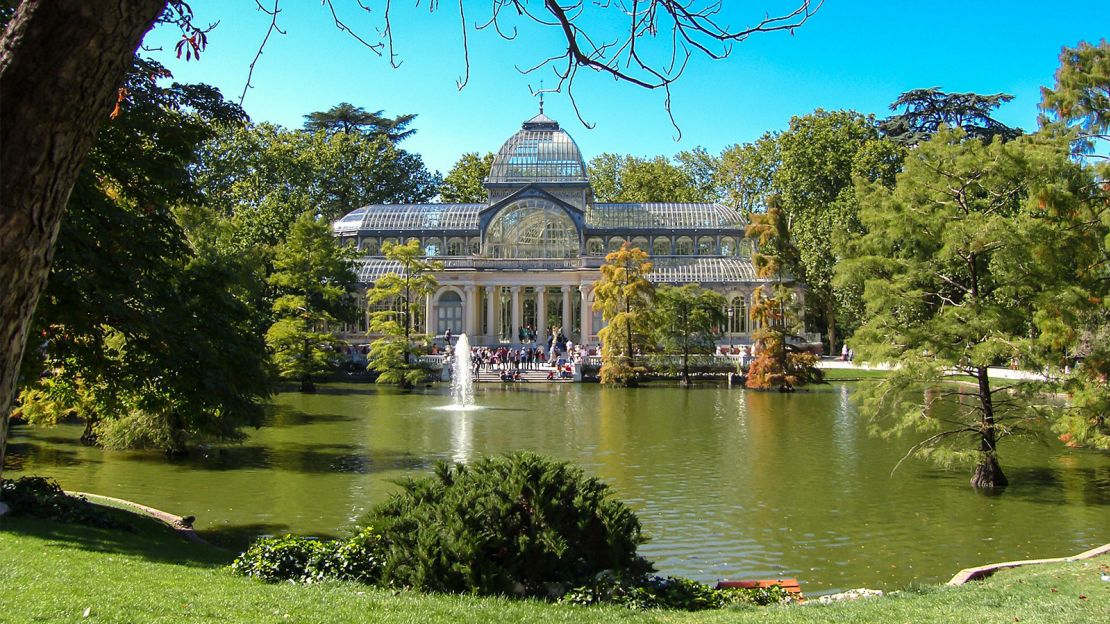
Europe’s third-most populated metropolis (after London and Berlin), Madrid feels like many cities in one. It can exude Old World elegance, with its wide boulevards, manicured parks and royal palaces.
But venture into up-and-coming neighborhoods like Conde Duque or Lavapiés, and you’re suddenly in Spain’s incubator for the latest fashion and design trends.

By night, the entire city becomes one raucous fiesta that doesn’t abate until sunrise. You can get in on the action at Kapital (Calle Atocha, 125, 28012 Madrid), a world-famous nightclub whose seven different floors offer seven different music scenes.
Whether you’re in town for a day or a week, it’s wise to set aside a few hours for Madrid’s Golden Triangle of museums. Head to the Prado (Paseo del Prado, s/n, 28014 Madrid) for classics by Goya and Velázquez, to the Reina Sofía (Calle de Santa Isabel, 52, 28012 Madrid) for more contemporary contemporary works including Picasso’s “Guernica,” or to Thyssen-Bornemisza (Paseo del Prado, 8, 28014 Madrid) for an eclectic variety of European art through the ages.
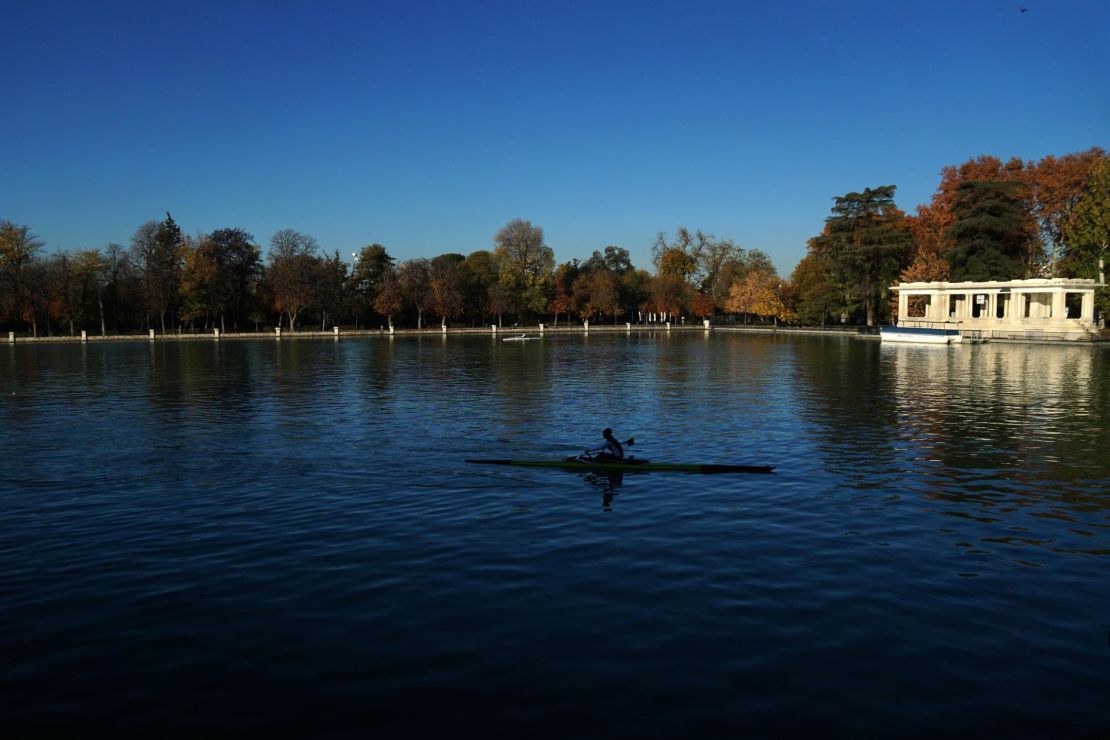
Insider tip: While Cava Baja may be Madrid’s most touristed tapas street, Calle Ponzano, in the Chamberí neighborhood, is where the locals go for late-night snacks.
When to go: Madrid’s soul-satisfying comfort food tastes best in the cold-weather months. On Devour Madrid’s Ultimate Spanish Cuisine Tour, you can taste an unctuous meat-and-chickpea stew called cocido madrile?o, which simmers in clay pots over a charcoal stove at the legendary restaurant La Bola (Calle de la Bola, 5 28013 Madrid) (est. 1870).
Barcelona

Barcelona has it all: sunny Mediterranean beaches, awe-inspiring architecture and mouthwatering cuisine.
You can start your morning with a coffee al aire libre in the Barri Gòtic, a neighborhood known for its unparalleled variety and concentration of Gothic buildings.
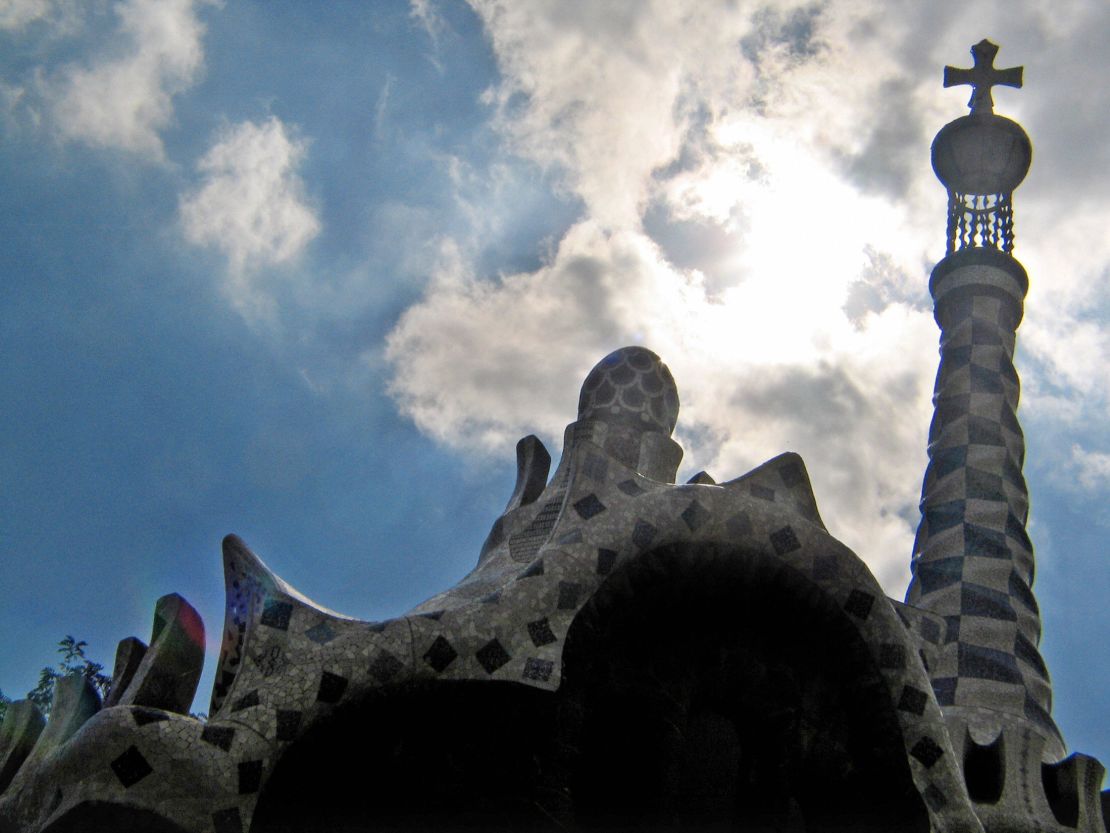
Then you can meander past the sprawling Pla?a de Catalunya to Manzana de la Discòrdia, a city block featuring four of the city’s most stunning examples of Modernista architecture including Antoni Gaudí’s masterwork Casa Batlló, which you can enter for 23.50 euros (around $28).
You’ll have worked up an appetite after crisscrossing town, but beware of overpriced, mediocre restaurants geared toward international visitors. The Gràcia neighborhood has yet to be corrupted by mass tourism, and there you’ll find a bevy of mom-and-pop joints, such as Bar Casi (Carrer de Massens, 74, 08024 Barcelona) and La Pepita (Carrer de Còrsega, 343, 08037 Barcelona), serving delicious local fare.
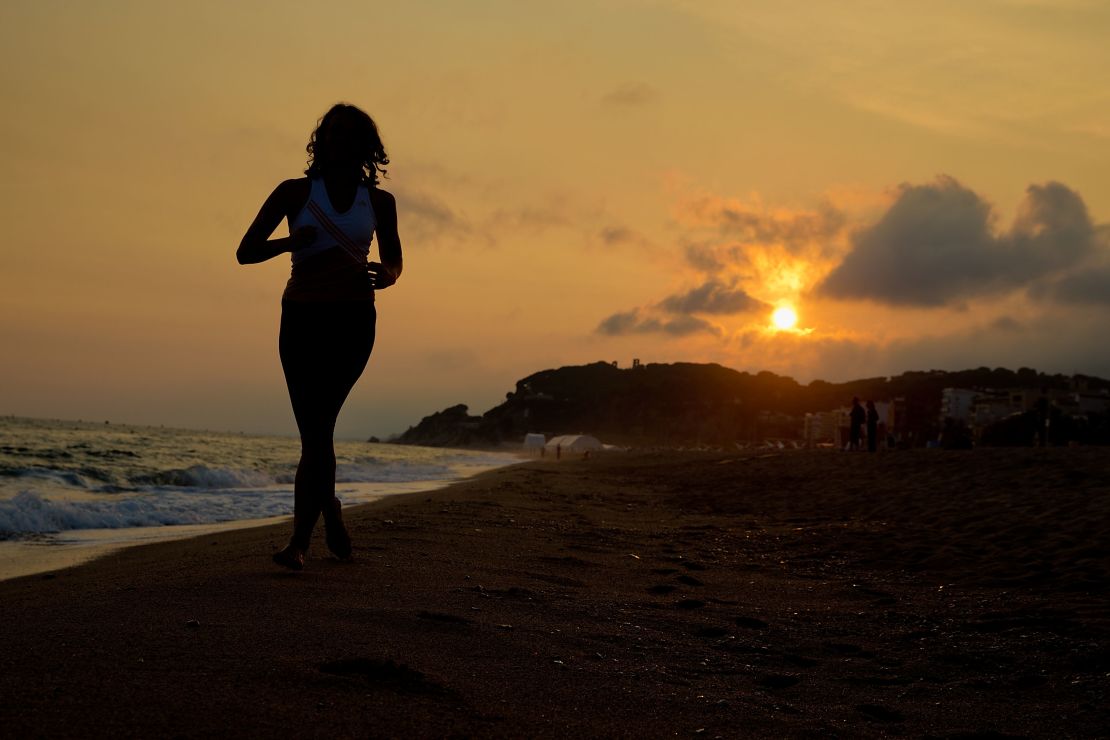
Insider tip: Tickets to Parc Güell, the monumental park and UNESCO World Heritage site designed by Gaudí, are limited. To ensure you’re not barred from a site you’ve traveled all the way to Barcelona to see, buy tickets in advance.
When to go: It’s all about beating the crowds in Barcelona, a city that’s become overrun with tourists, particularly in summer. For the best of both worlds – warm water and short lines – go in the fall. The best place for leaf-peeping is the Carretera de les Aigües, a shaded 10-kilometer trail overlooking the city’s majestic skyline and the open Mediterranean.
San Sebastián
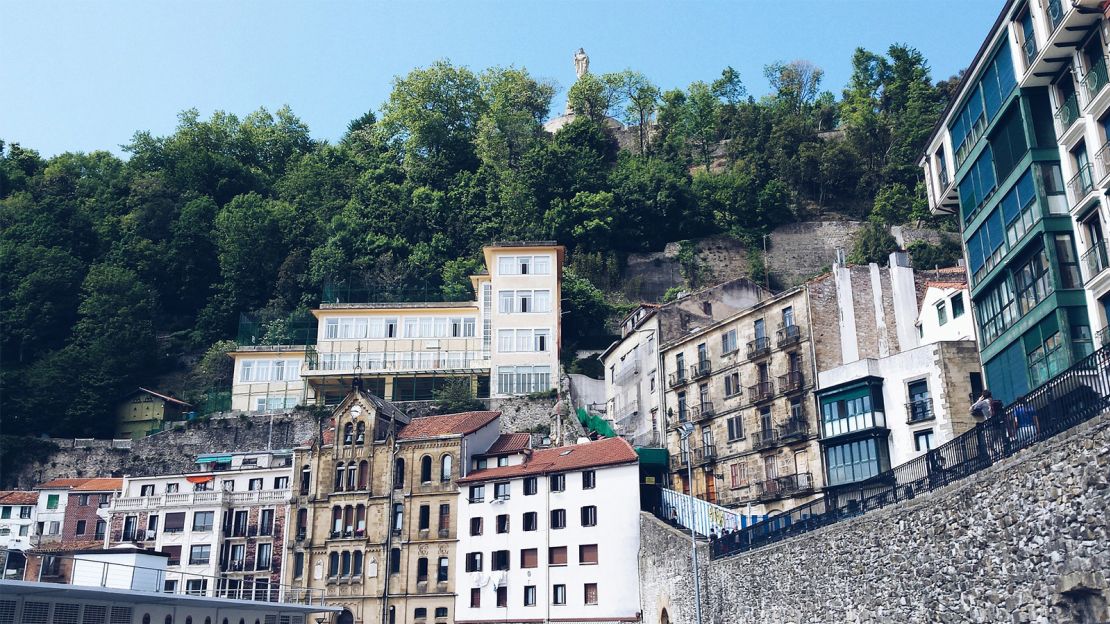
San Sebastián, a picturesque city on the Bay of Biscay, may boast more Michelin stars per capita than any other place on earth, but you don’t need deep pockets to eat well there.
Pintxos, the Basque version of tapas, make it easy to sample local dishes, like bacalao al pil-pil (cod in an emulsified garlic sauce) and Gilda (brochettes stacked with anchovies, pickled peppers and olives), in affordable one-bite portions.
Insider tip: To feed your mind as well as your stomach, consider signing up for the Secrets of San Sebastián food tour with Devour San Sebastián.
When to go: To make the most of the city’s pristine beaches and buzzy indoor-outdoor restaurants, visit San Sebastián in the summer.
Extremadura

Hugging the Portuguese border in arid southwest Spain, the region of Extremadura may be the country’s most exciting frontier when it comes to tourism.
It’s worth spending an afternoon in the region’s capital, Mérida, touring the gargantuan, meticulously preserved Roman amphitheater.
But there’s more to do in Cáceres, whose UNESCO-protected Old Town is so convincingly medieval that it features in numerous King’s Landing scenes in “Game of Thrones.” (King’s Landing is the fictional capital of the Seven Kingdoms and where most of the show’s action takes place.)
Insider tip: What you’ll save on accommodation (hotel rates are low compared to other Spanish cities), you should spend at two-Michelin-star Atrio (Plaza de San Mateo, 1, 10003 Cáceres; +34 927 24 29 28), an architectural triumph of a restaurant overlooking Plaza de San Mateo.
When to go: The rolling hills of the Valle del Jerte, northeast of Plasencia, erupt in a riot of pink cherry blossoms every year from March 20 to April 10, making spring an ideal time to visit the region.
14 essential Spanish dishes everyone should try
Santiago de Compostela
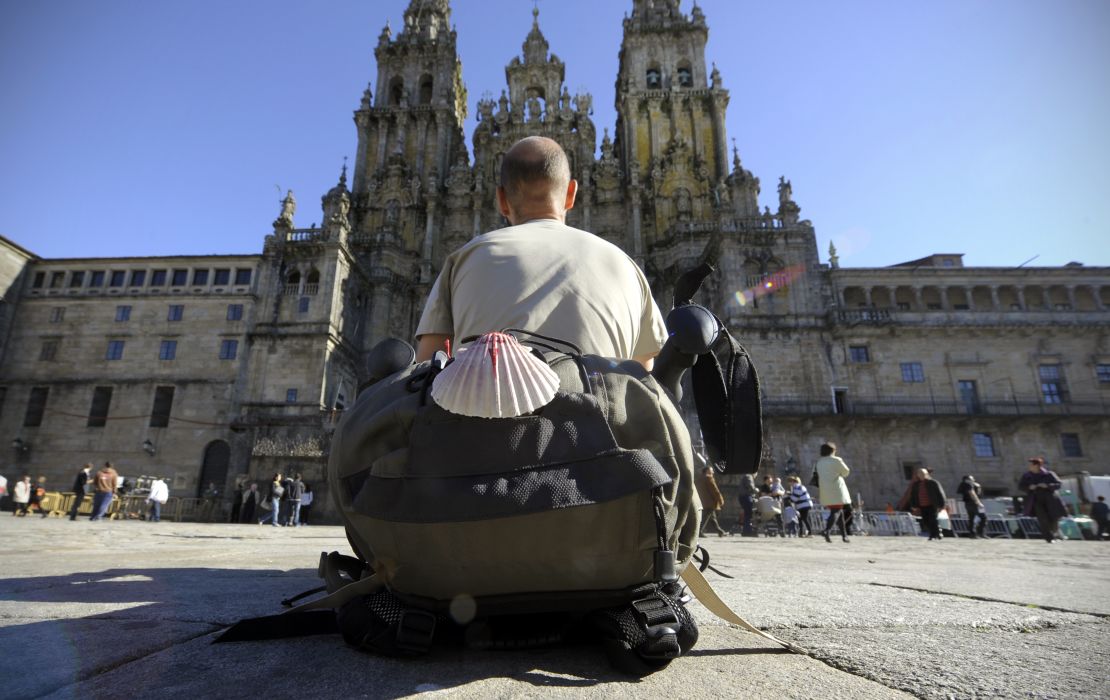
An ancient city in northwest Spain, Santiago de Compostela is best known for the eponymous pilgrimage that culminates there called El Camino de Santiago (aka St. James’s Way). While the thousand-year-old tradition began as a religious rite, many of today’s “pilgrims” embark on the walk to enjoy the beautiful nature and the camaraderie of fellow hikers.
In the center of town, the towering Romanesque-Gothic cathedral presides over one of the world’s largest thuribles called the Botafumeiro; visit on one of the holy days to see the fuming censer swing through the hall.
Insider tip: Snag a table in the pocket-size restaurant A Gamela (Rúa da Oliveira, 5, 15704 Santiago de Compostela; +34 981 58 70 25) for killer fried calamares and sautéed mushrooms in cream sauce.
When to go: Plagued by frequent showers during the cold-weather months, Santiago de Compostela comes to life in the summer as the city teems with pilgrims celebrating the end of their long journey.
Valencia
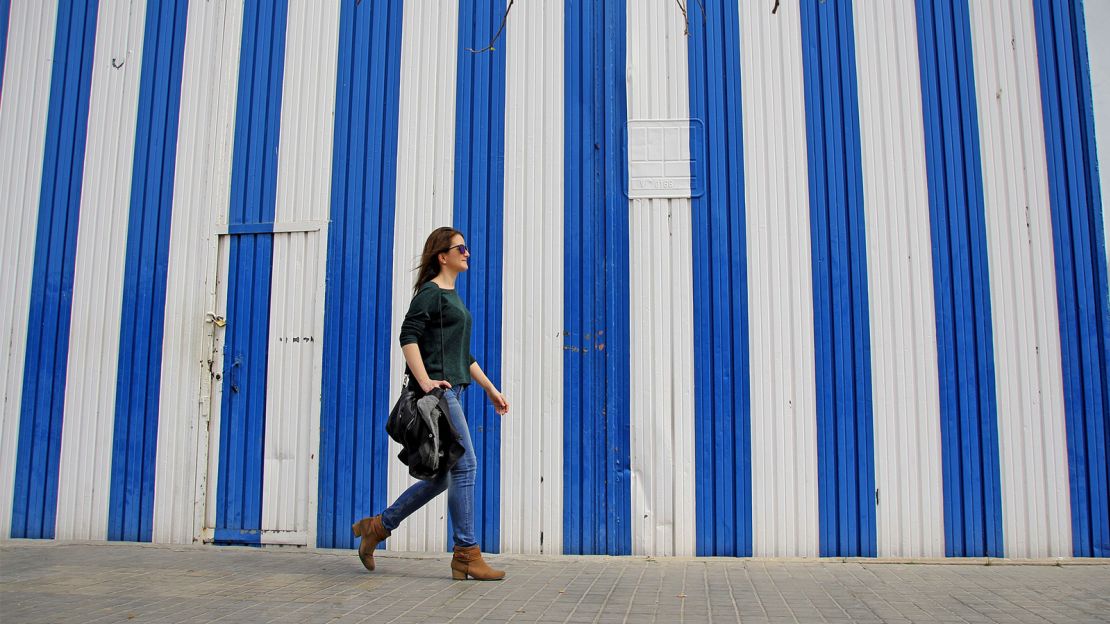
If you ever wondered what real paella tastes like, add its birthplace, the coastal city of Valencia, to your itinerary. Though many restaurants claim to have the best in town, Casa Carmina’s arroces stand out for their quality ingredients like Valencian rice, fresh chanterelles and dayboat fish (Calle Embarcadero, 4, 46012 El Saler, Valencia; +34 961 83 02 54).
While most of the city settles in for a post-lunch siesta, take advantage of the short lines at the massive, futuristic cultural complex and aquarium called Ciutat de les Arts i les Ciències, the brainchild of Spanish architects Santiago Calatrava and Félix Candela (Av. del Professor López Pi?ero, 7, 46013 València; +34 902 10 00 31).
Insider tip: You can get a sense of Valencia’s burgeoning cultural scene in the Ruzafa neighborhood, where the city’s cool kids go to hang. Sample local craft beer Zeta or buy a quirky souvenir at Gnomo, an independently owned interior design store (Carrer de Cuba, 32, 46006 València; +34 963 73 72 67).
When to go: Revelers won’t want to miss Las Fallas, an unhinged week-long street party in mid-March that culminates in fireworks, parades, and enormous bonfires.
Seville

Seville is the quintessential Andalusian city: colorful, quaint and exuberant. By day, you can meander through the Old Town, whose labyrinthine streets are too narrow for most cars, and stroll along the shady Guadalquivir River esplanade. By night, you can head across the river to catch a flamenco show at Los Gallos (Pl. de Sta Cruz, 11, 41004 Seville; +34 954 21 69 81) or Orillas de Triana (Calle Castilla, 94, 41010 Seville; +34 955 22 64 11), two of the city’s liveliest flamenco tablaos.
Insider tip: It’s worth waiting in line to tour the Alcázar, an intricately decorated Moorish palace with roots in the first century.
When to go: With scorching-hot summers and notoriously rainy autumns, spring is the best time to visit Seville. It’s warm enough to eat outdoors, but not so hot that you start sweating through your clothes.
Cádiz

Many know the seaside city of Cádiz for its charming Old Town and unsullied beaches; few, however, are aware that it’s the oldest continually inhabited settlement in Western Europe, founded in 1104 BC by the Phoenicians. Between sunbathing on La Caleta beach and indulging in hot paper cones of pescaíto frito (assorted fried seafood), you can get a taste of the city’s rich past at the Museo de Cádiz (Plaza de Mina, s/n, 11004 Cádiz; +34 856 10 50 23), a petite but worthwhile museum best known for its display of Phoenician sarcophagi.
Insider tip: Wine lovers should plan on spending a day among the famous Sherry Triangle bodegas just north of Cádiz in Jerez, Puerto de Santa María and Sanlúcar de Barrameda.
When to go: Occupying the southernmost tip of Spain, Cádiz stays relatively warm, even in winter and early spring – the best times to visit, since autumns are damp and summers are torrid.
Granada
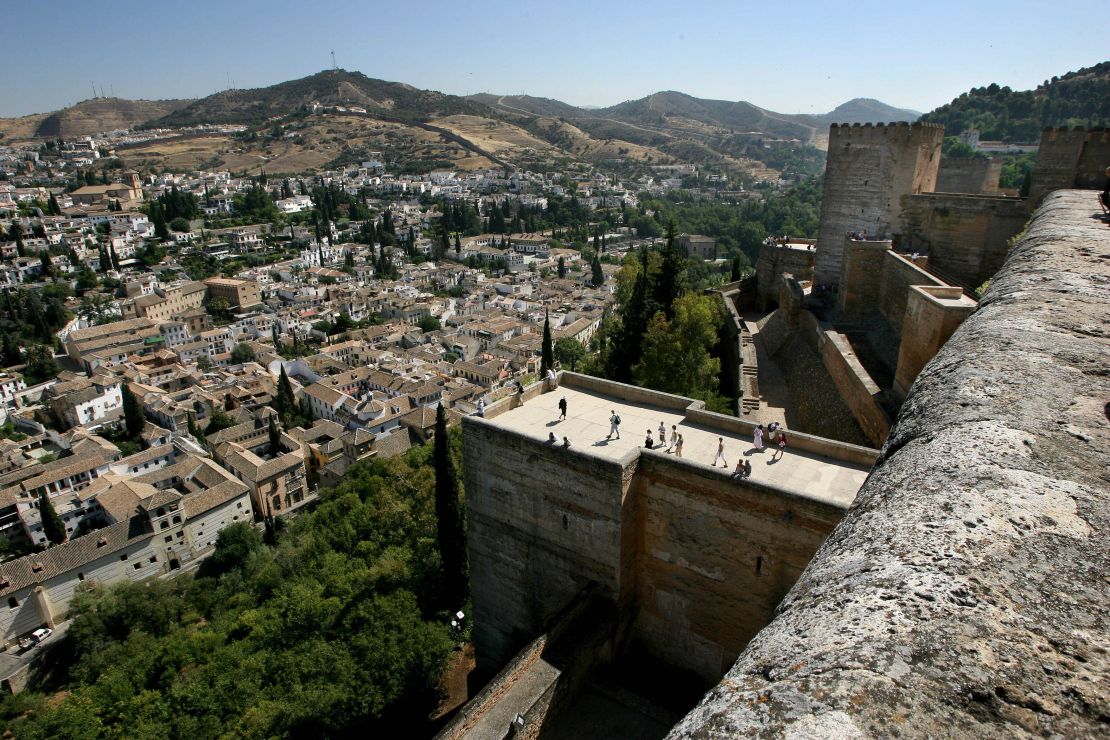
Snug in the foothills of the Sierra Nevada mountains, the ancient city of Granada was the last holdout of Islamic Spain during the Reconquista. As such, the city is awash with stunning mosaics, intricate fountains and grand horseshoe arches – all of which can be found in the Alhambra, a breathtaking fortress-palace complex that’s widely regarded as the pinnacle of Moorish architecture in Spain.
Insider tip: Tickets to the Alhambra often sell out months in advance. Reserve your spot online (Calle Real de la Alhambra, s/n, 18009 Granada; +34 958 02 79 71).
When to go: Granada is known for its colorful Moorish gardens, which come into full bloom in April and May.
Picasso catalonia barcelona spain
Canary Islands

A Spanish archipelago off the West African coast, the Canary Islands can sometimes feel like an extension of Latin America with their singsongy Spanish, tropical climate and sandy beaches. While Gran Canaria and Tenerife are the most popular (and populated) destinations for tourists, Lanzarote, with its moonlike landscapes, and Fuerteventura, with its paradisiacal white-sand beaches, are ideal for travelers looking for a bit more solitude.
Insider tip: On Gran Canaria, you can take a break from the beach and head inland for a light one-hour hike to the base of Roque Nublo, a 262-foot-tall volcanic rock.
When to go: Winters and summers bring hordes of holidaymakers to the Canary Islands, so it’s best to bask in the islands’ year-round warmth in the spring or fall.
Balearic Islands

Flung off the Valencian coast in the Mediterranean Sea, the Balearic Islands are known for their postcard-perfect seaside towns, hidden calas (inlets), and – in Ibiza’s case – bumping vida nocturna.
The most tranquil is Menorca, which has remained somewhat unspoiled by mass tourism compared to its neighbors.
Majorca offers a nice balance of city and sea with its capital, Palma, being a small yet thriving metropolis (population: 400,000).
Ibiza continues to be a mecca for clubgoers, though there’s plenty of natural beauty to be found as well, if you know where to look (Cala Llentrisca and Pedrera de Cala d’Hort are good places to start).
Insider tip: At Hotel Sant Francesc, the year-old five-star property in Palma, you can sleep like a king or queen in a converted 19th-century palace—and dine like one, too, in the candlelit Quadrat restaurant (Pla?a de Sant Francesc, 5, 07001 Palma; +34 971 49 50 00).
When to go: Opt for shoulder-season travel, since hotel rates skyrocket every summer with the number of tourists. If you’re not a devout beachgoer, consider visiting in January and February, when temperatures are mild and accommodations are a steal.
Benjamin Kemper followed the siren song of Ibérico ham from Brooklyn to Madrid, where he writes about the places that make him hungriest.



























































